Some Social Place in Erbil
The 7th International Festival of Language, Culture, and Science 🌟 Date: April 25th, 2024 Location: Tishk International University Campus, Erbil, Iraq
TIU is thrilled to invite you to the 7th International Festival of Language, Culture, and Science on 25 April 2024 . This annual event stands as a beacon of knowledge, cultural exchange, and innovation, bringing together the brightest minds and the most diverse cultures from around the globe.
Events:
- Over 25 Scientific Tents: Dive into the world of discovery with more than 25 tents dedicated to scientific exploration and learning. Experience firsthand the latest advancements across various fields. Will the Faculty of Dentistry retain its top spot, or will another department rise to the challenge?Cultural Showcase: Travel the world in a day with more than 35 tents representing countries far and wide. Last year, the UAE and Japan captivated our hearts and took the top honors. Who will mesmerize us this year?Empowerment through Creativity: Over 25 special tents will feature stunning handmade accessories crafted by disabled women and homemakers, celebrating their talent and resilience.
This year’s festival promises to be a kaleidoscope of innovation, tradition, and empowerment. Whether you’re a science enthusiast, a culture aficionado, or someone who appreciates the art of creativity, there’s something at the festival for you.
6th Spring Festival in 2023

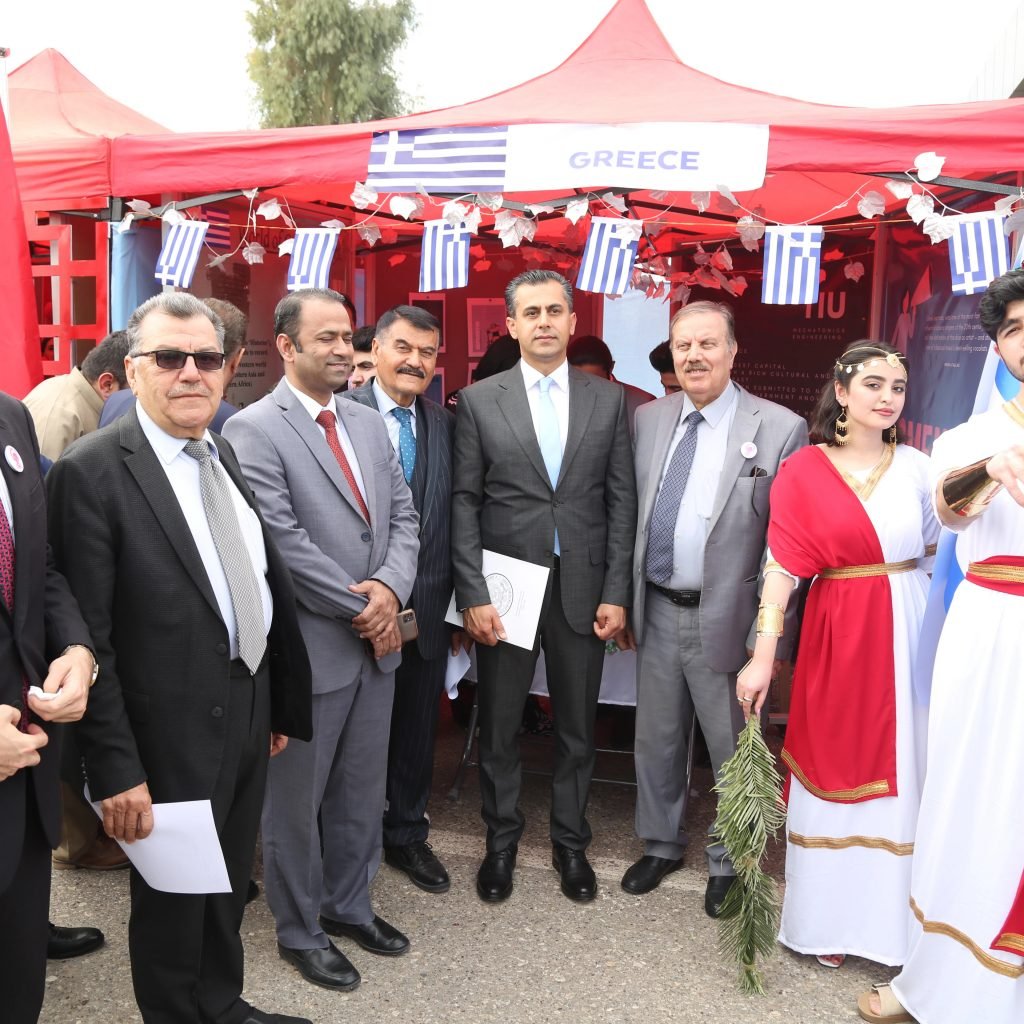

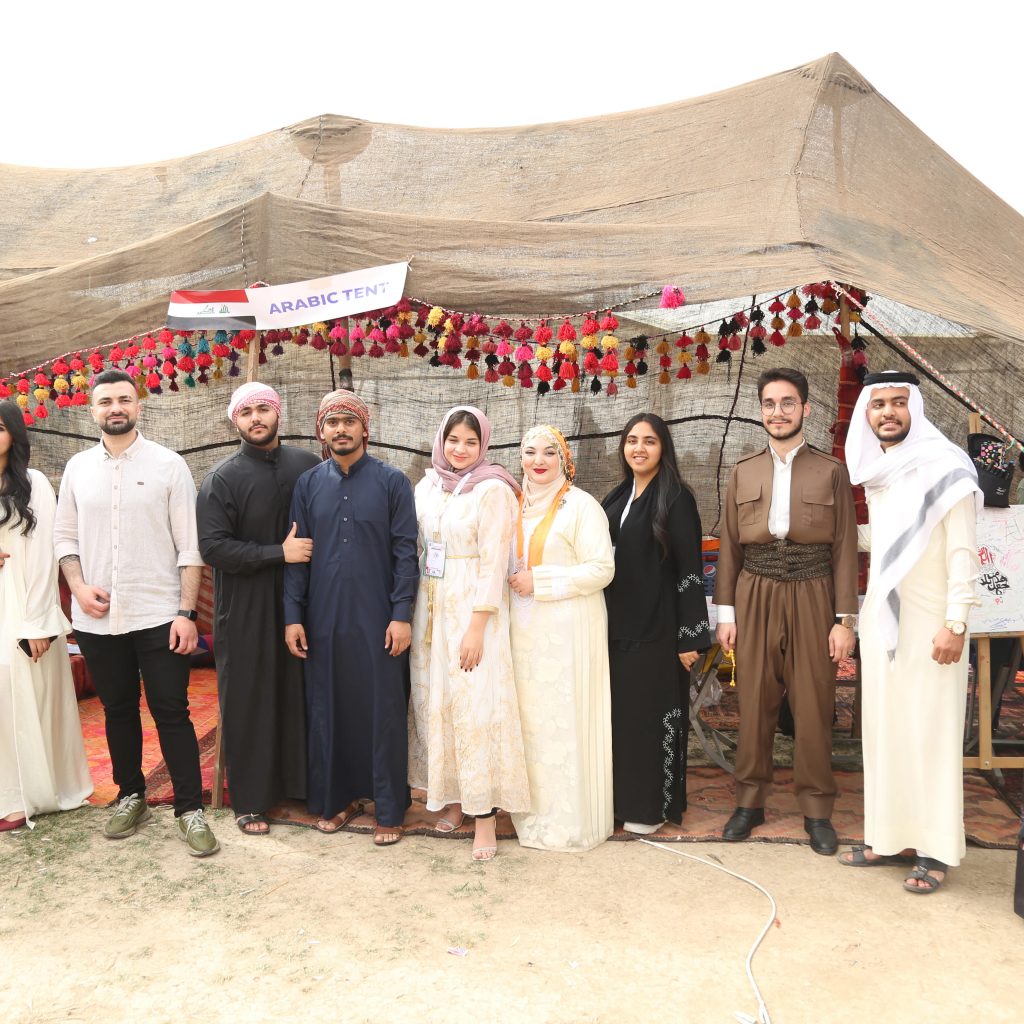
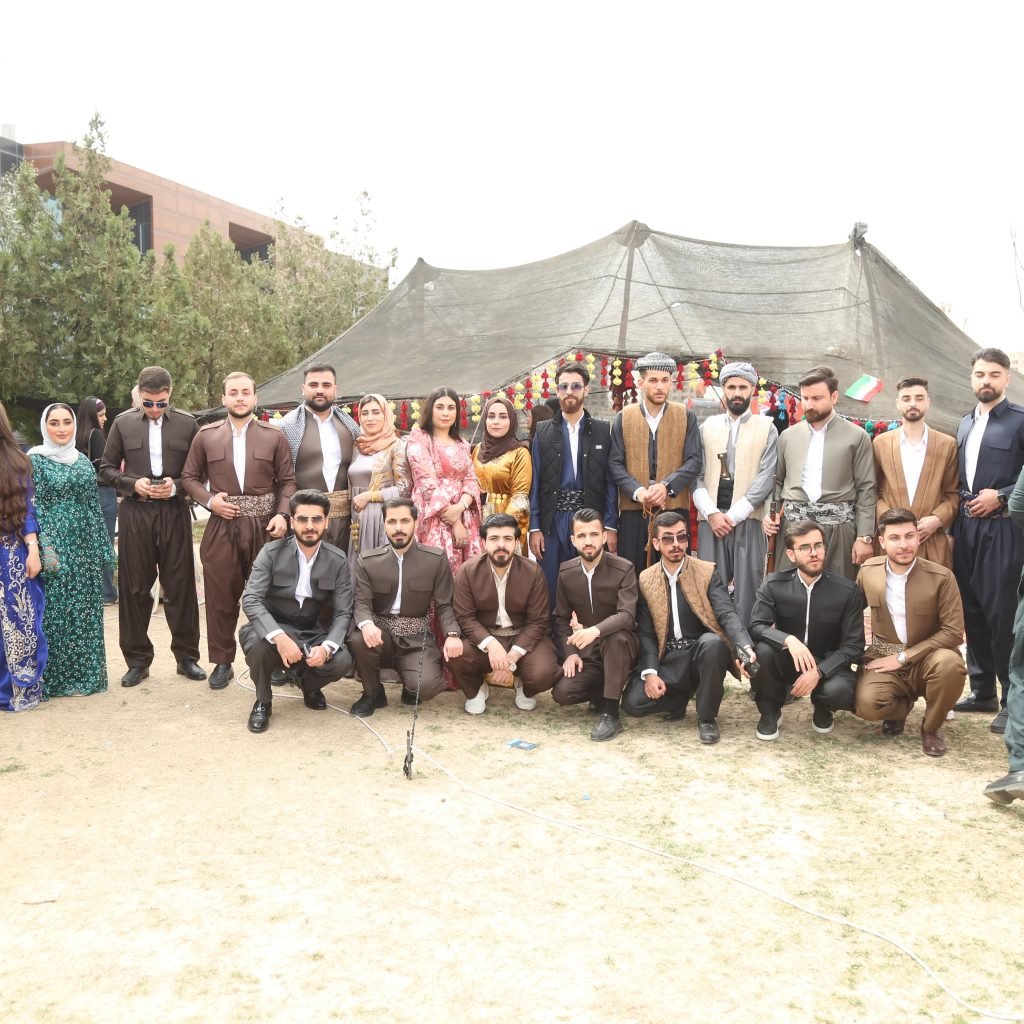
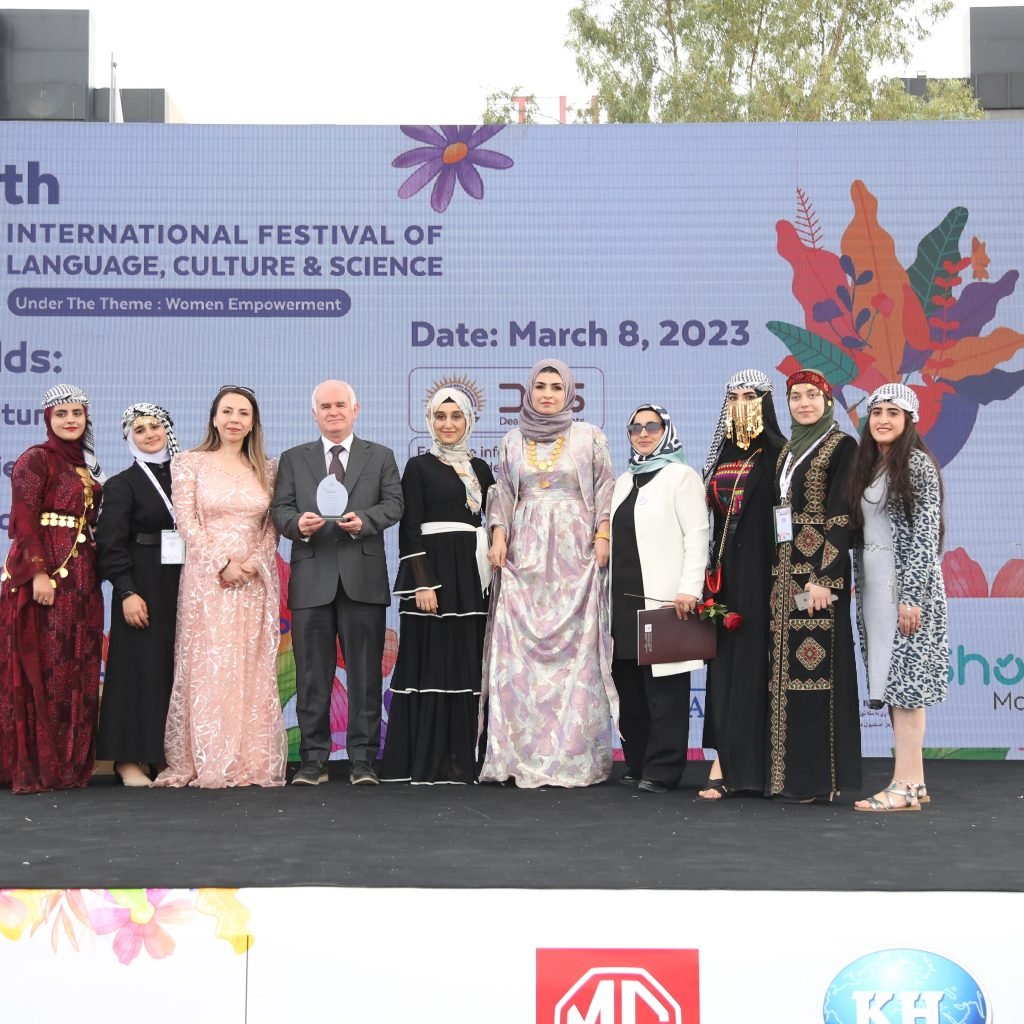
26-April, Friday Trip To Barzan
- 07:00 AM: Depart from TIU (Tishk International University) towards Khanzad Castle.
- Briefing and light breakfast on the bus.
- 08:30 AM – 09:30 AM: Visit Khanzad Castle near Pirmam.
- Guided tour of the castle and surrounding areas.
- 10:00 AM – 11:00 AM: Explore Shaqlawa town.
- Walk through the town, enjoy local architecture and markets.
Midday
- 11:30 AM – 12:30 PM: Travel to Gali Ali Bag and Bekhal.
- Sightseeing and photo session at Gali Ali Bag waterfall and Bekhal.
- 01:00 PM – 02:00 PM: Lunch break at a local restaurant in Soran.
- Traditional Kurdish cuisine.
- 02:30 PM – 03:30 PM: Visit Mergasor and Shanidar Cave.
- Discover the natural beauty of Mergasor and explore the historical Shanidar Cave.
Afternoon
- 04:00 PM – 05:00 PM: Continue to Rezan Resort.
- Relaxation and leisure activities at the resort.
- 05:30 PM – 06:30 PM: Arrive at Barzan Area.
- Visits to Mala Mustafa Barzani National Memorial and Monument of Anfal Barzanis.
Evening
- 07:00 PM: Dinner at a restaurant in Barzan District.
- Reflections on the day and group activities.
- 08:30 PM: Depart back to TIU.
- Debrief and unwind on the return journey.
- 10:00 PM: Estimated arrival back at TIU.

Hawler Citadel
Hawler Citadel, also known as Erbil Citadel or Qalat Erbil, is an ancient, fortified settlement situated in the city of Erbil, the capital of the Kurdistan Region in Iraq. With a history dating back over 6,000 years, it is considered one of the oldest continuously inhabited cities in the world. The citadel holds immense historical and cultural significance, having witnessed the rise and fall of numerous civilizations throughout the ages. Its architectural features include a massive mud-brick wall surrounding an area of approximately 102,000 square meters. Inside the citadel, visitors can wander through a labyrinth of narrow alleys, marvel at traditional houses, explore mosques, and immerse themselves in the rich heritage of the region. In 2014, Hawler Citadel was honored with the UNESCO World Heritage Site status, acknowledging its outstanding universal value and emphasizing the need for its preservation for future generations. The citadel stands as a living testament to the enduring legacy of human civilization and a symbol of the city’s deep historical roots.
Muzaferiyah Minaret (Choly Minaret)
Is 37m height, it is called so after the Sultan Muzefer al-ddin Koukebri, who has ruled over Erbil from 1190 till 1232 A.D., and during his reign, the city lived it›s Golden Age. The Minaret is thought to be the remaining part of a large Mosque that was built at the same place. The people of Erbil call it “Choli Minaret”, which means the Minaret of mainland, because Erbil has known such a construction regression during the last centuries under the Ottoman rule, that the large Mosque became located out of it. But after the growth that it has known as a Kurdistani Governorate of Iraq, and later as the capital of the Iraqi Kurdistan Regional Government, the city took back its old Minaret and the most famous archeological monument in it after the Castle. In appreciation to the honorable history of the Minaret, a public garden was designed around it and was called “Parki Minara”, meaning Minaret Public Park.
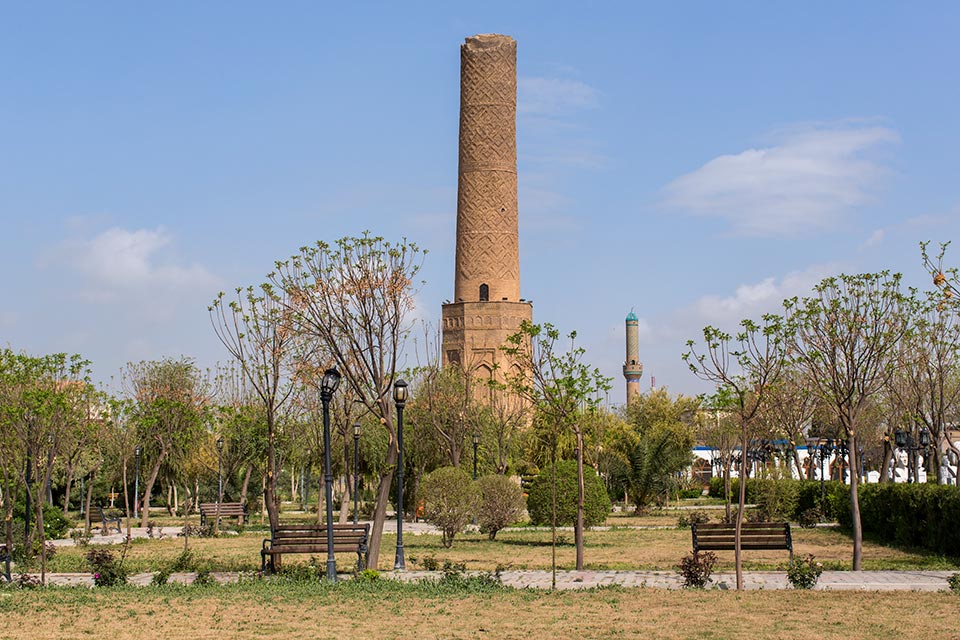

Jalil Khayat Mosque
The Jalil Khayat Mosque, located in Erbil, is a magnificent architectural masterpiece that stands as a symbol of spiritual devotion and cultural significance. This grand mosque, named after the prominent Kurdish philanthropist Jalil Khayat, showcases a seamless blend of traditional Islamic design elements with modern aesthetics. Its towering minarets and exquisite dome dominate the city skyline, drawing both locals and tourists to its sacred grounds. The mosque’s interior is a sight to behold, with intricately crafted calligraphy adorning the walls and a breathtaking chandelier casting a warm glow upon the worshippers below. The Jalil Khayat Mosque not only serves as a place of prayer and reflection for the faithful but also acts as a beacon of unity, fostering harmony among people of different backgrounds who come together to experience its spiritual aura.
Barzan Resort
Barzan is a village located on the eastern shores of the Great Zab in Erbil Governorate in Kurdistan Region, Iraq. The village was formerly the territory of Zebari tribe and was part of Bahdinan under the name Baziran. In the 19th century, the village was the residence of a Naqshbandi Sheikh and his followers, now known as the Barzani tribe. In 1914, Barzan was the site of a Russian-supported Kurdish uprising against the Ottoman Empire, which was fought concurrently with the Bitlis uprising. The tribe was nominally autonomous from the Ottoman Empire until 1915 when the Ottomans stormed the village and hanged the local sheikh. In the early 20th century, the village had a conflict with the neighboring Bradost tribe which necessitated intervention from Iraqi authorities. In 1943, local Mustafa Barzani revolted and quickly gathered support against Iraq; this would develop into the 1943 Barzani revolt.

Qaysari Bazaar
Erbil contains an extensive Qaysari, locally referred to as “bazarri qaysari,” meaning “covered market”, just south of the citadel in the center of town that was first established in the early 13th century AD. The Qaysari is entered through the numerous alleys that surround it. Once inside, shoppers walk through a maze of narrow paths between the shops, underneath a roof of corrugated metal. Most alleys feature a unique product that is sold by a majority of the vendors in that location. The northeast corner of the Qaysari contains a north-south alley offering honey and dairy products, such as yogurt and cheeses. Many shops offer Chai Kurdi (Kurdish tea) as a complimentary drink with good business from the local tea vendors in the bazaar.
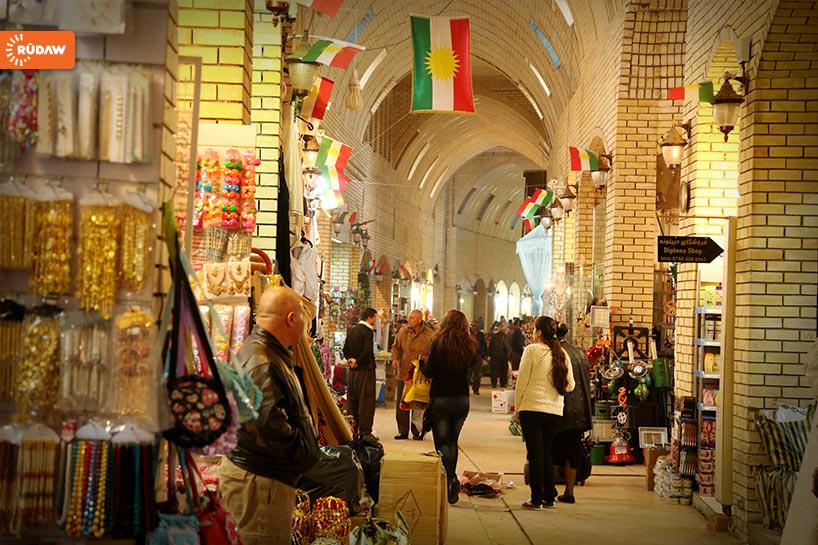
Khanzad
Khanzad, princess of King Sleman, ruler of the Soran Emirate in the 15th century, built Khanzad Castle. It remains intact to the present day. Khanzad was also the sister of King Mohammed, the legendary Kurdish leader of Soran Emirate. She ruled over two Kurdish areas, Harir and Soran, for seven years. At that time, Rawanduz was the capital of the Soran Emirate. Khanzad is known for her audacity, bravery, and intelligence. She ruled Soran Emirate after her brother, King Mohammed, died after being poisoned. When she came to power, she avenged her brother’s death by killing all those who poisoned him. She built a castle to serve as her place of residence and for the defense of Erbil. She named it Khanzad Castle after herself. The fortress is located east of Erbil, on the Erbil-Shaqlawa Road. It still sits atop a hill a mere 22 kilometers (14 miles) away from the Kurdistan Region capital. Khanzad Castle is 40 meters high and consists of two floors. It attracts thousands of tourists each year.
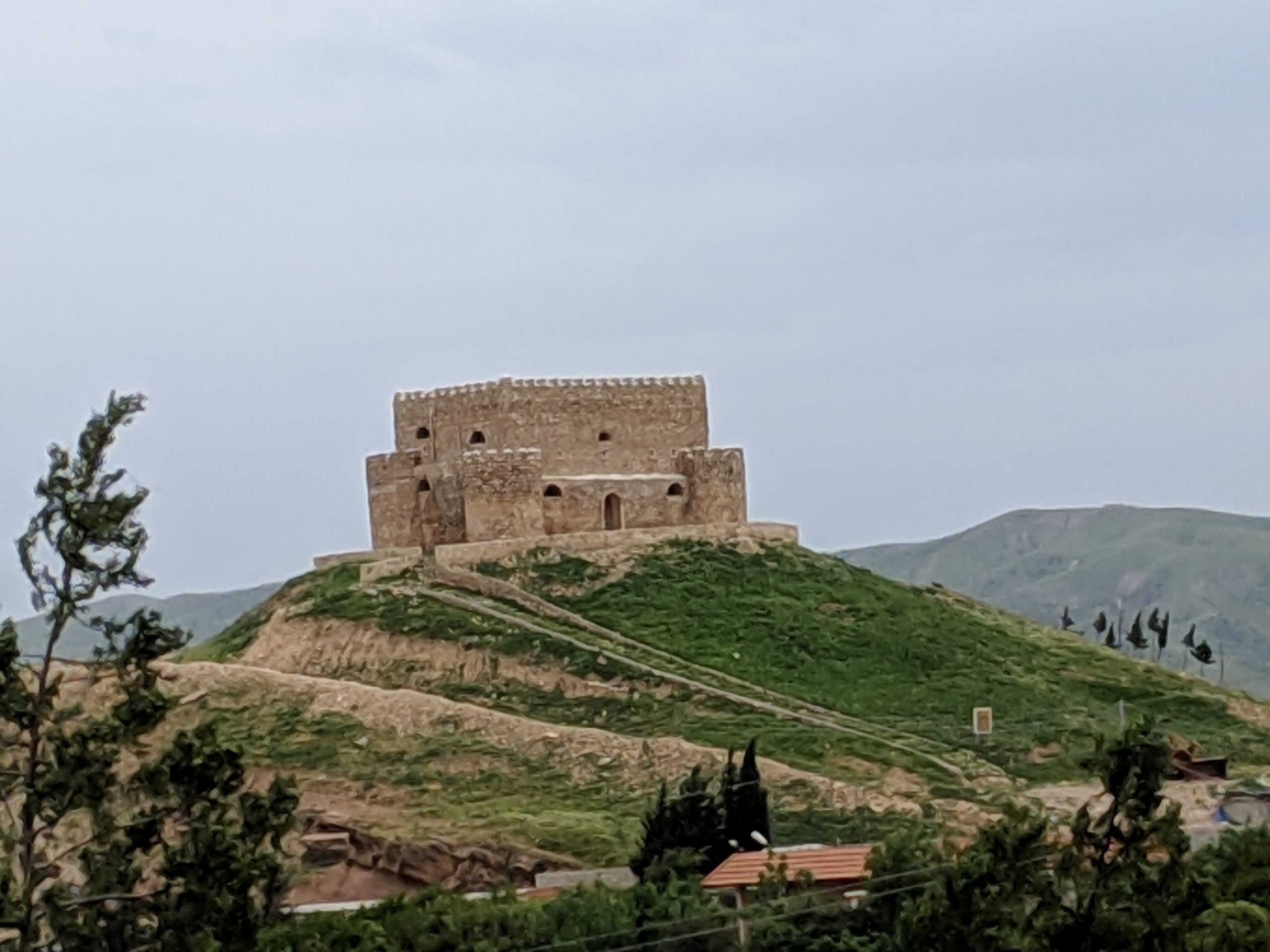

Shanidar Cave
Rawanduz
Rawanduz is a city in the Kurdistan Region of Iraq, located in the Erbil Governorate, close to the borders with Iran and Turkey, it is located 10 km to the east from Bekhal Waterfall. The district is 123 km from Erbil. The district is surrounded by the Zagros mountain range; Korek Mountain is to the south, Hindren Mountain to the north, Zozik Mountain to the west, and Bradasot Mountain to the east. Rawanduz is populated by Kurds.
The name ‘Rawanduz’ derives from the name of the Rawanduz (Rawadiya) Kurdish tribe, of which Saladin and the Ayyubids originated. The tribe’s name is a corruption of the Old Persian root, Erwend ‘a pass,’ and which was usually Hellenized into Orodes and Orontes. The tribe was itself a branch of the Hadhabani confederation.

Traditional Activities
These activities vary depending on the specific region and subculture within the Kurdish community. Here are some examples of traditional activities commonly associated with the Kurdish culture:
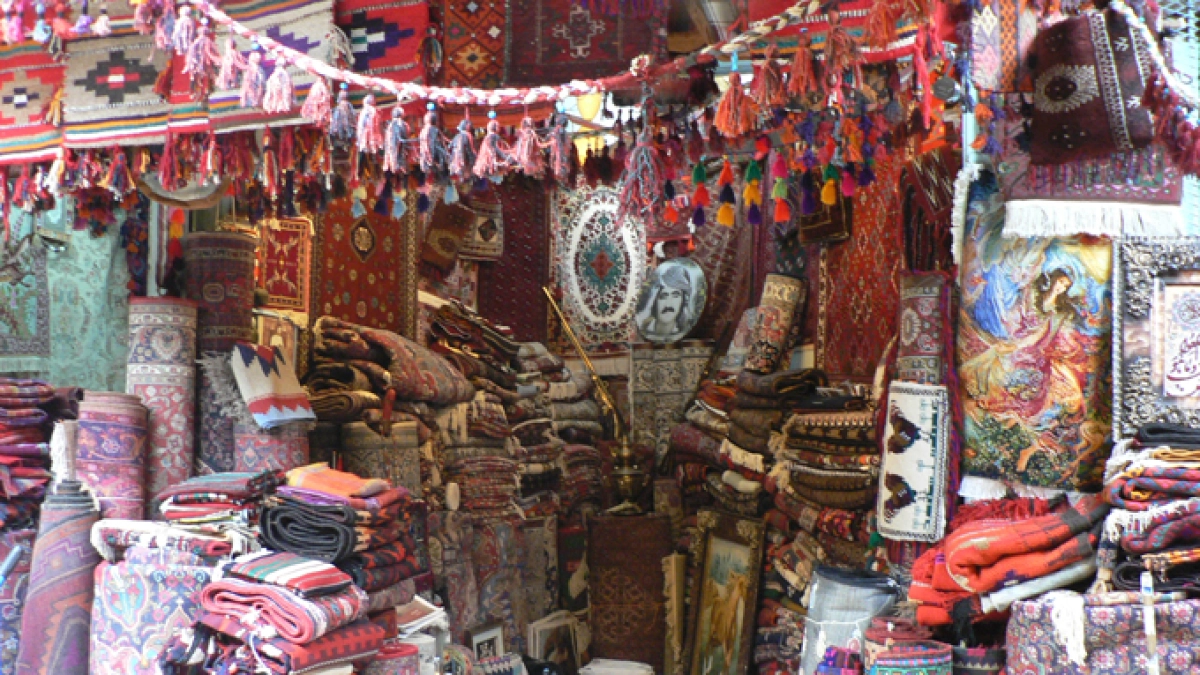
Handicrafts
Kurdish people have a long tradition of creating beautiful handicrafts. These include carpet weaving, embroidery, pottery, and metalwork. Each region has its distinct styles and techniques.
Festivals and Celebrations


Traditional Dance
Kurds have a rich tradition of dance, often accompanied by traditional music. One of the most well-known Kurdish dances is the “Halparke,” a lively and energetic circle dance performed during celebrations and gatherings.
Music
Kurdish music is diverse and includes a variety of instruments such as the tembûr (long-necked lute), daf (frame drum), and zurna (double-reed wind instrument). Music plays a significant role in Kurdish cultural events, weddings, and festivities.

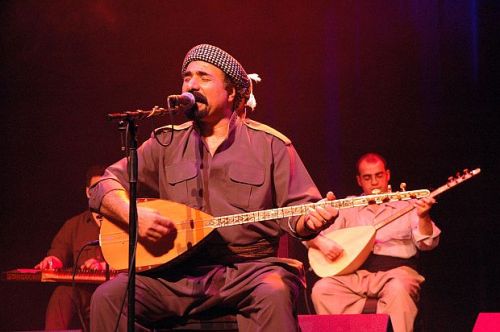
Poetry and storytelling
Poetry holds a special place in Kurdish culture, and oral traditions of storytelling are common. Traditional poets, known as “dengbêj,” recite epic poems and narrate historical events, folk tales, and love stories.
Traditional Clothing
Kurdish traditional clothing varies across different regions. Men often wear baggy pants, a shirt, a vest, and a headdress, while women wear colorful dresses and headscarves. These clothing styles reflect the Kurdish cultural identity and are often adorned with intricate patterns and embroidery.


Cuisine
Kurdish cuisine is known for its rich flavors and variety. Traditional Kurdish dishes include dolma (stuffed vegetables), kebabs, kubba (stuffed meatballs), and various types of bread. Meals are often communal and reflect the hospitality and generosity of Kurdish culture.